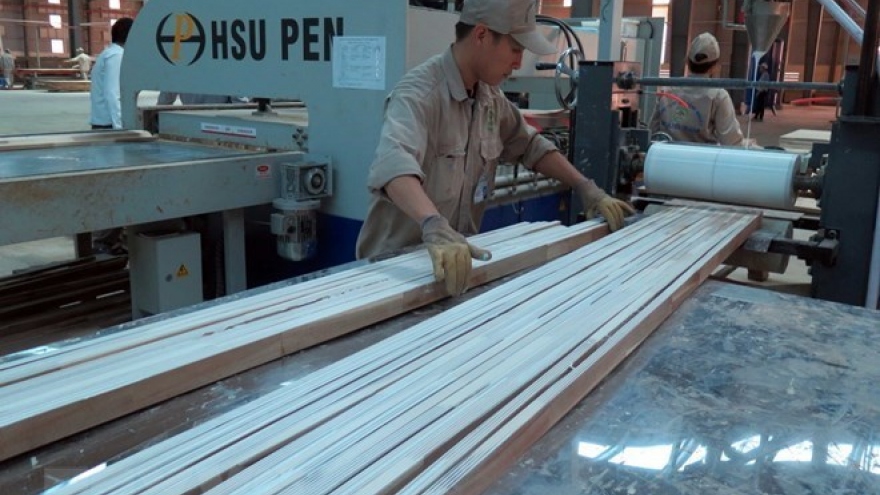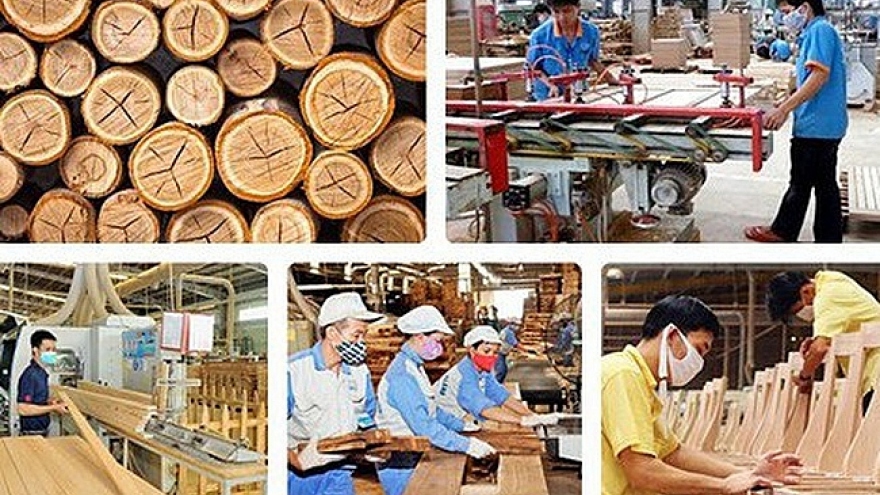Timber farmers should think big to boost growth
Household-owned timber plantations must be substantially reformed in order to yield sustainable profits for their owners.
 |
The case of Ho Da The, a farmer in a mountainous commune in Phu Loc district in the central province of Thua Thien-Hue, shows that forestation on barren hills could be profitable for the growers.
“I have earned around VND200 million (US$8,800) on one hectare of the plantation since 2015,” he said. The added he started his planting in 2007 thanks to a funding programme by World Bank.
According to a report by the Vietnam Academy for Forest Sciences, the total area of plantations in Vietnam grew from one million hectares in 1990 to 2.7 million hectares in 2005. The increase meant that the country’s plantation area is among the largest in the world.
The report also said the area has grown gradually since 2005 thanks to innovation in policies for forestry development, including granting forest land to locals.
The country’s turnover from timber exports has enjoyed year-on-year increases since 2008, with timber exploited from localities of HCM City, Binh Duong and Dong Nai in the south; Binh Dinh, Quang Tri and the Central Highlands in the central region; as well as Phu Tho, Tuyen Quang and Yen Bai in the north.
The localities consumed timber from plantations around the country to serve the production of woodchips, wood materials for mining, carpenter and construction industries.
Dr Vu Tan Phuong of the Academy for Forest Sciences said Vietnam is the biggest exporter of woodchips in the world, but to maintain the position, the timber sector needs to ensure the sustainability and profit growth of the plantations.
“The Government should have policies to foster the large timber plantations, using preferential loans, as well as facilitate the collaboration between households owning forest land and businesses working in timber processing and export,” he said.
“The sector also needs to give proper incentives to those households and encourage them to stop harvesting early from the plantation,” said Phuong, adding that experts believe families should focus on growing large timber that can sell at a higher price but requires more time.
Experts at a workshop on the topic held in Hue city of Thua Thien-Hue recently agreed that large-timber cultivation is a key component for the sustainable and profitable growth for household-owned plantations.
Dr Bui Chinh Nghia of the Vietnam Administration of Forestry said one of the keys was to educate farmers working in household-owned plantations about the benefits of growing large timber. Preferential investment as well as technical support would also be useful, he added.
Experts also suggested the formation of cooperatives involving households owning the plantations to assist them in the business.
Currently, the plantation sector is well supported with expertise from international organisations including FAO and Food and Forest Development Finland as well as local agencies of the Academy for Forest Sciences and Vietnam Cooperatives Alliance.



